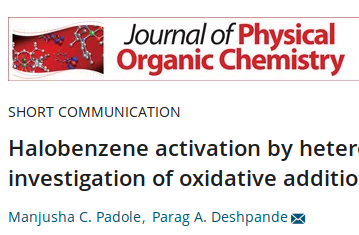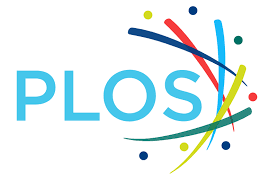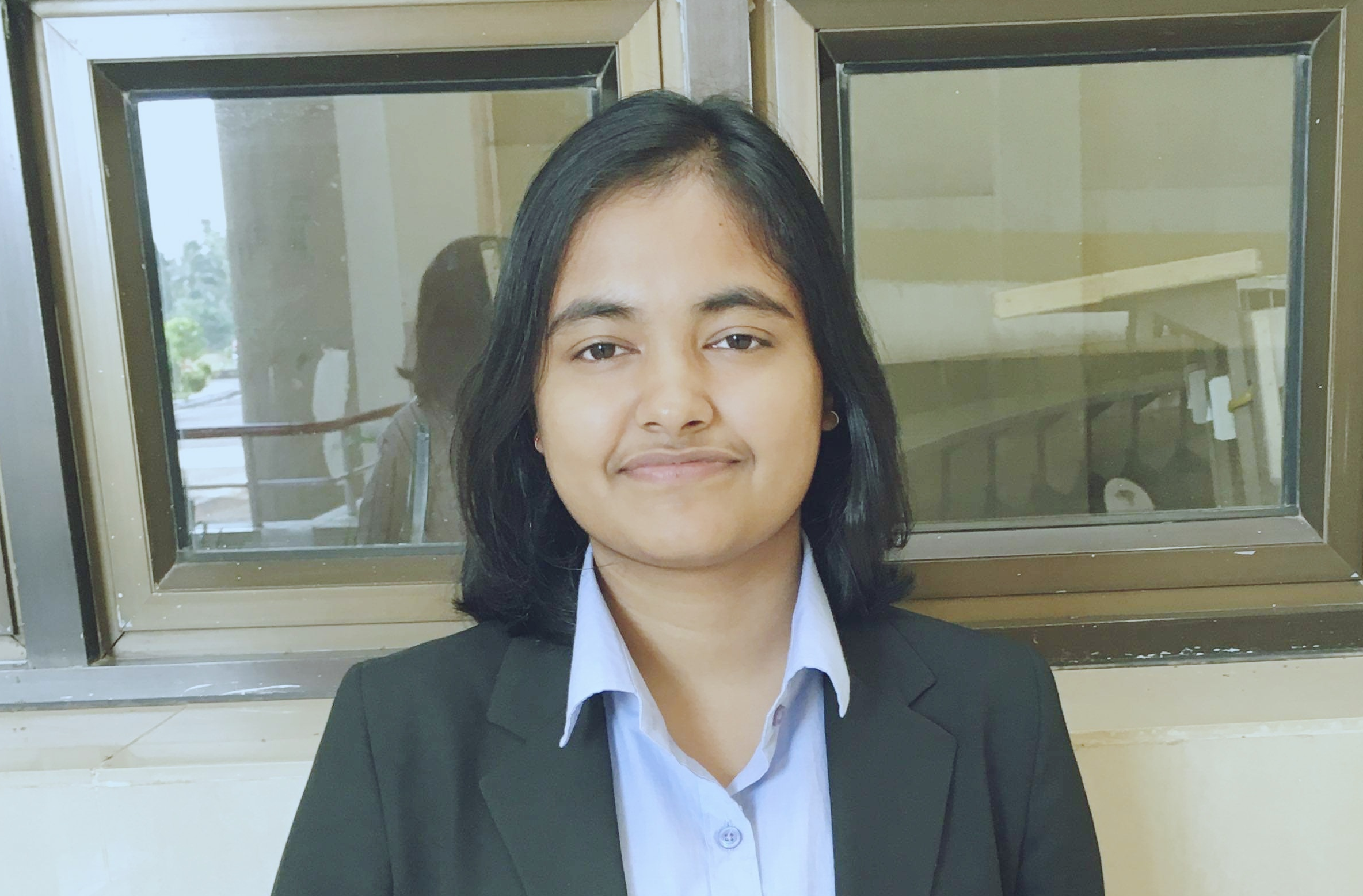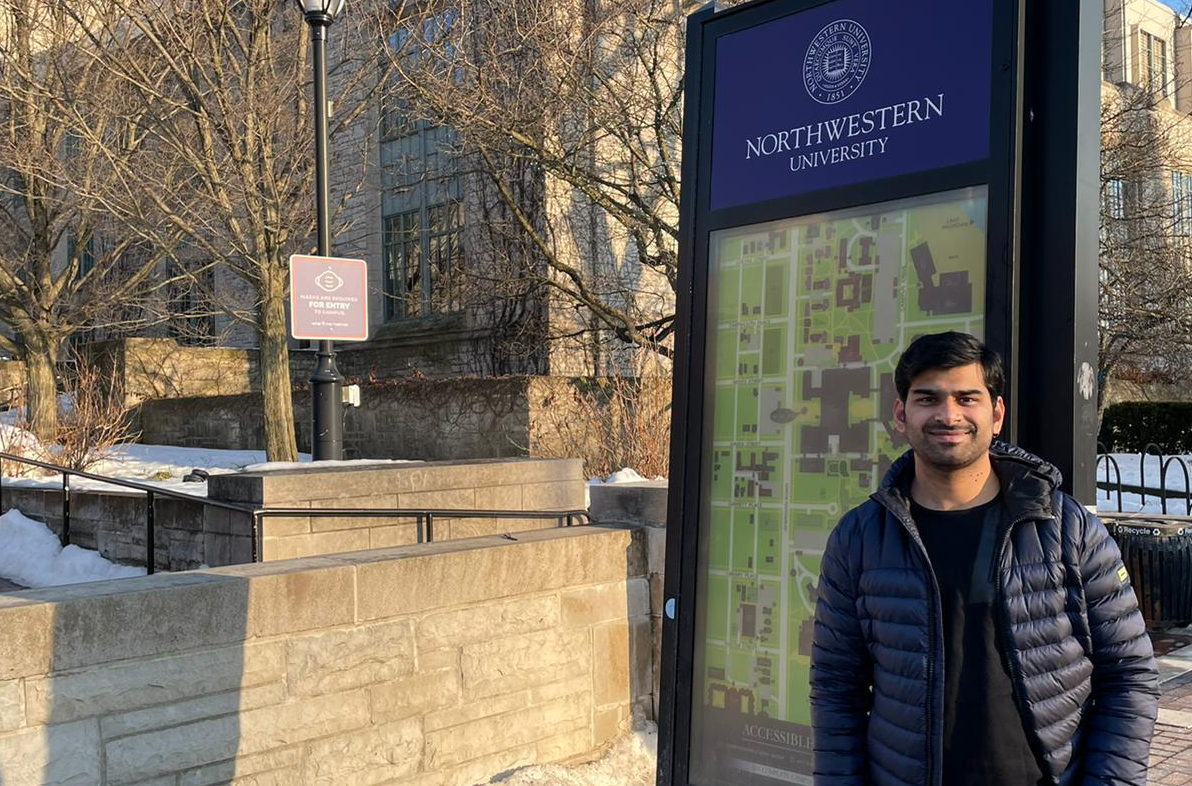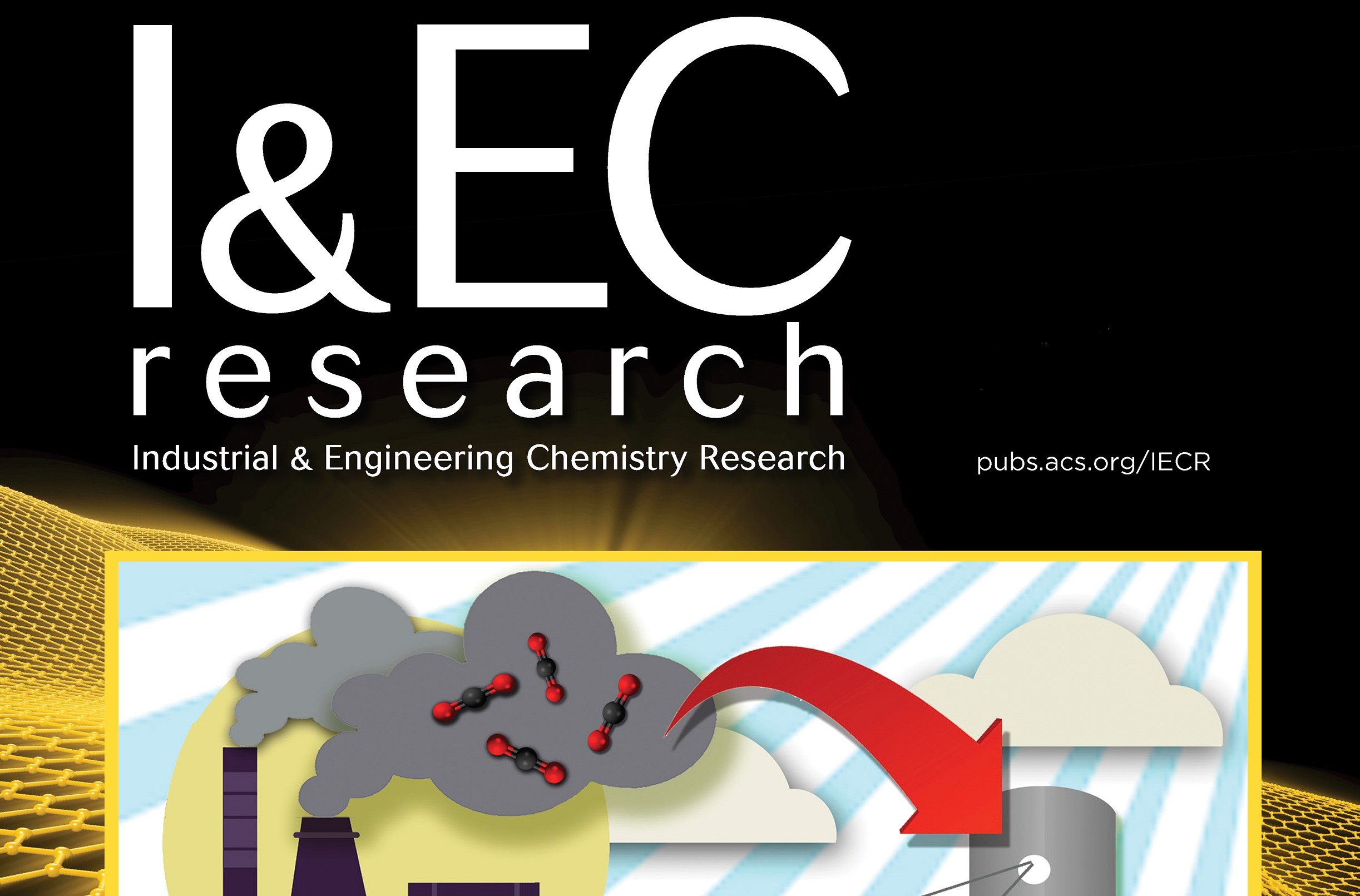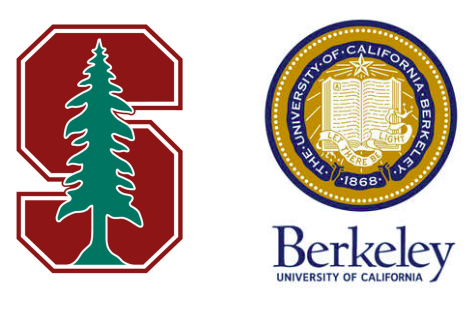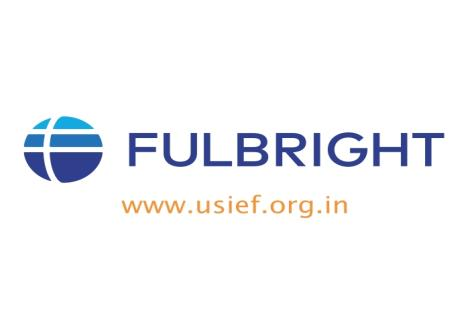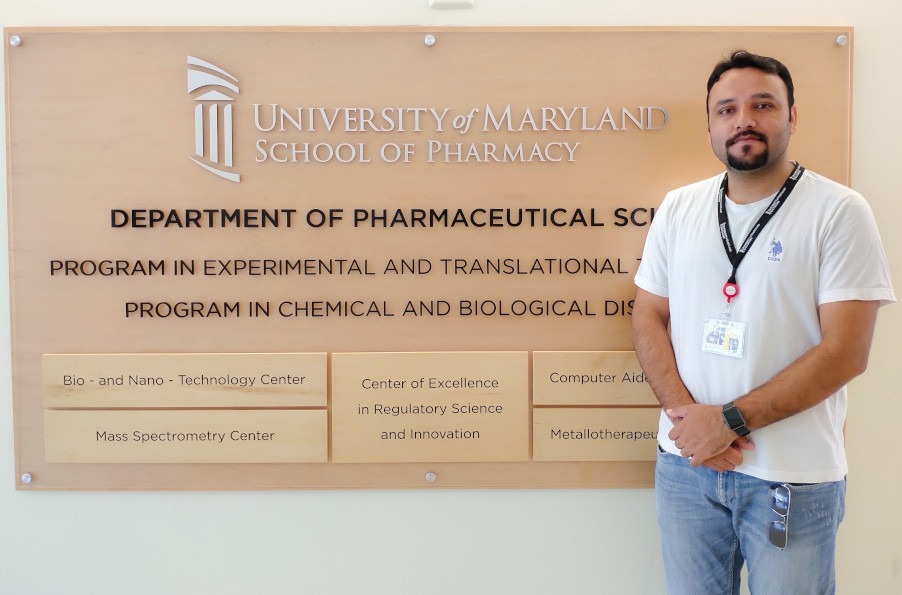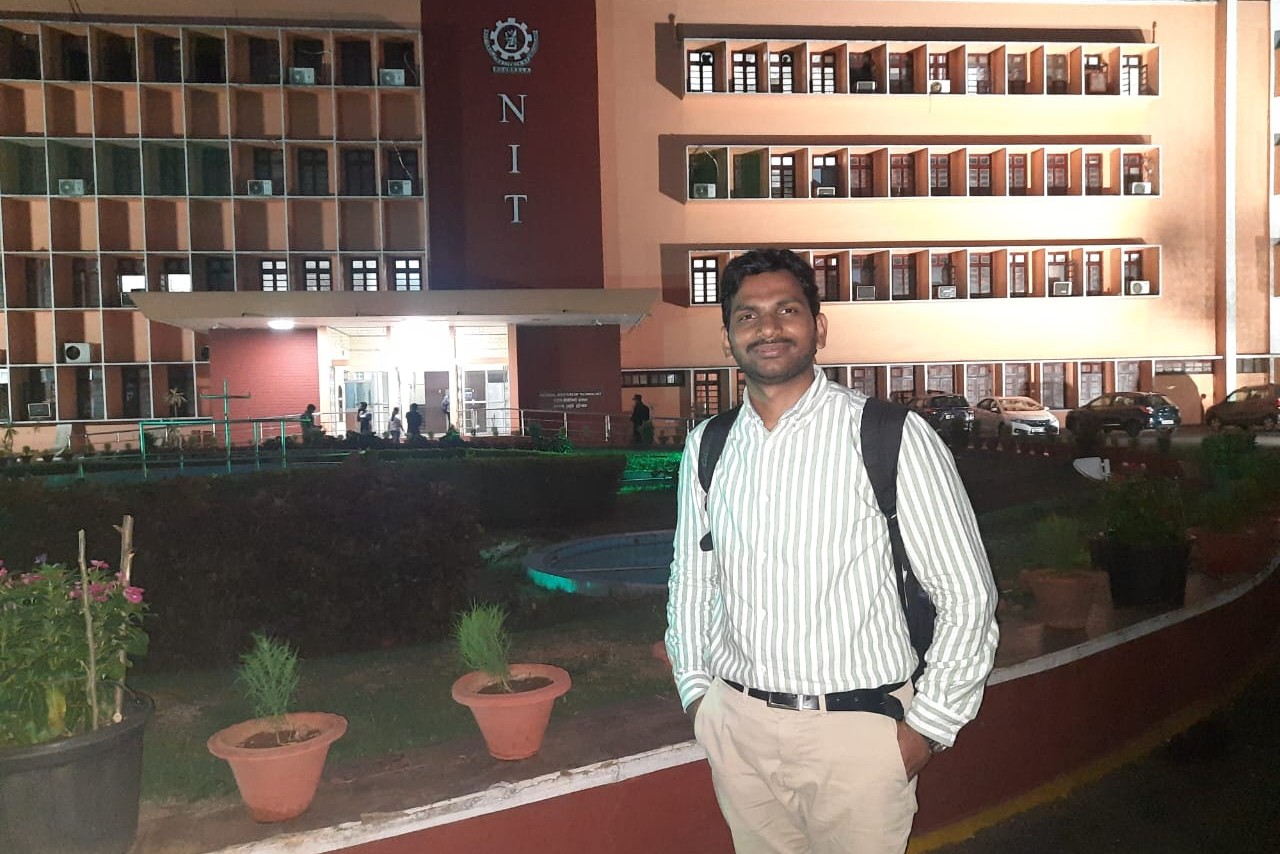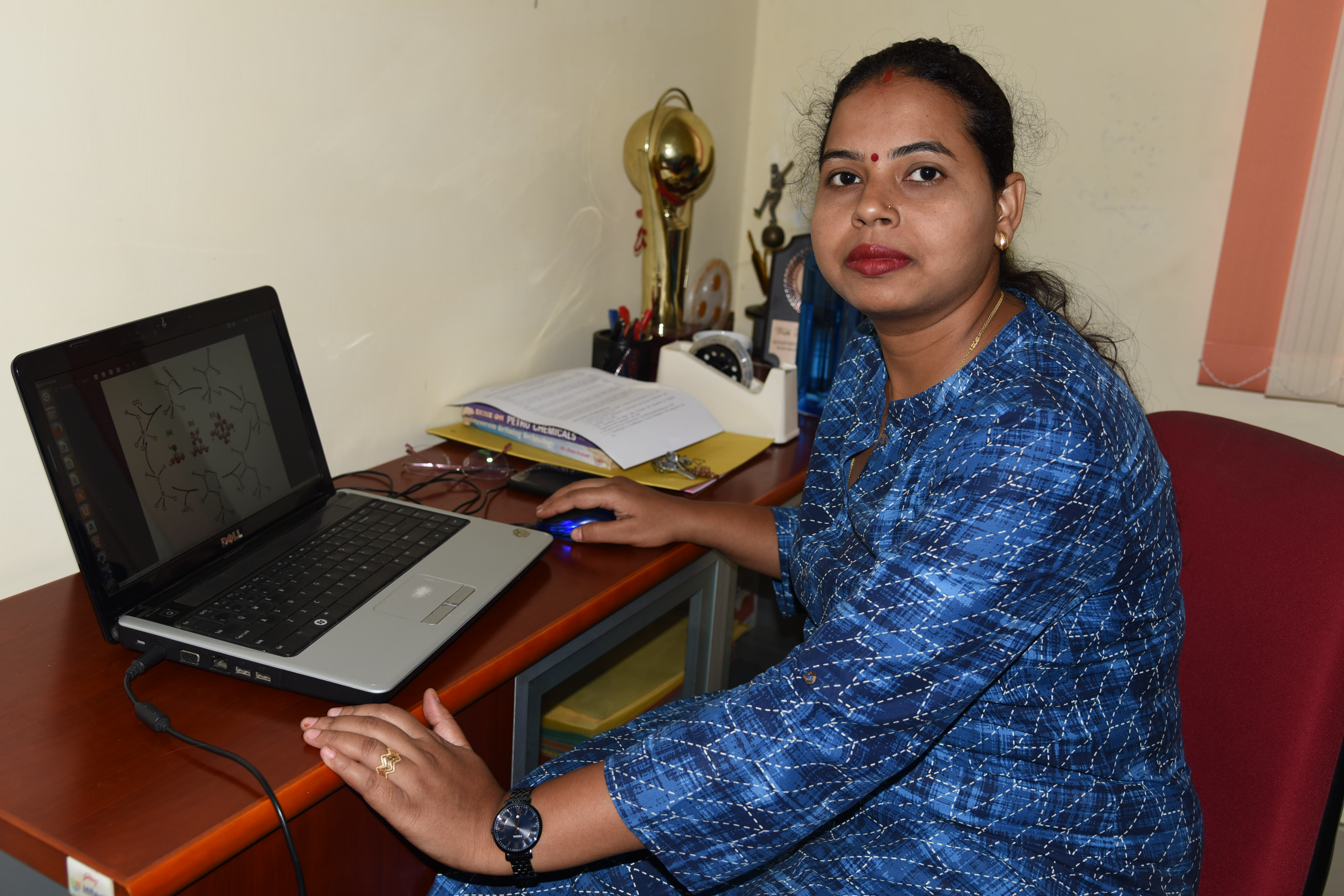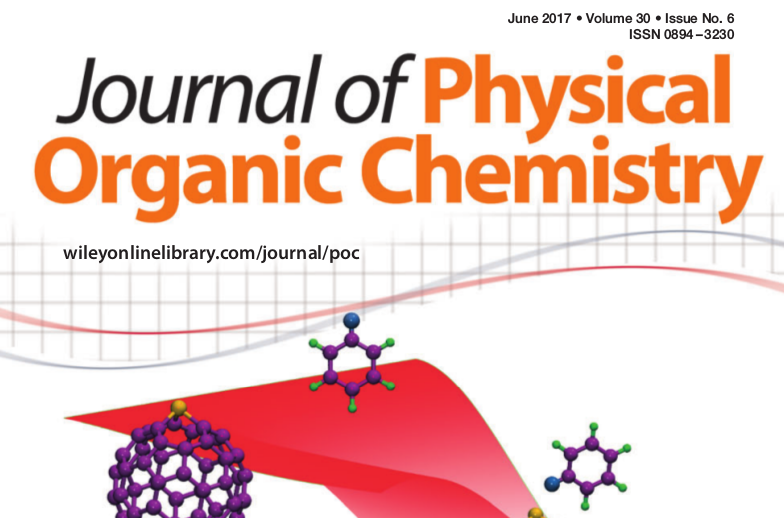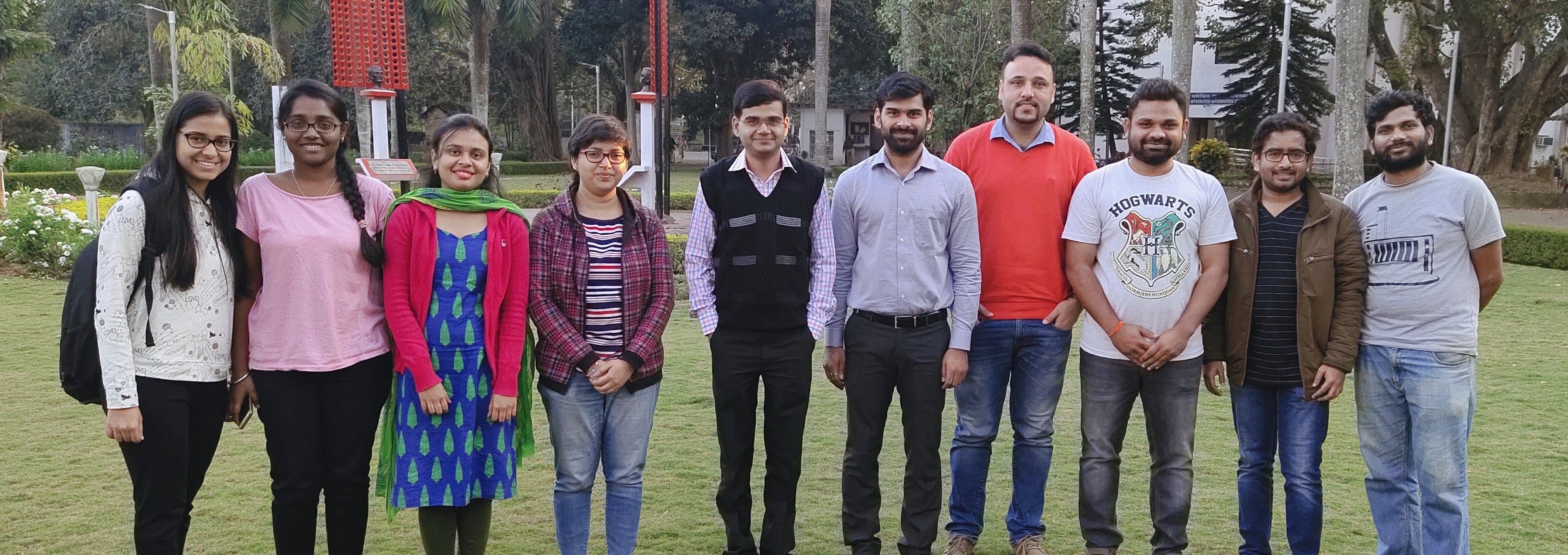
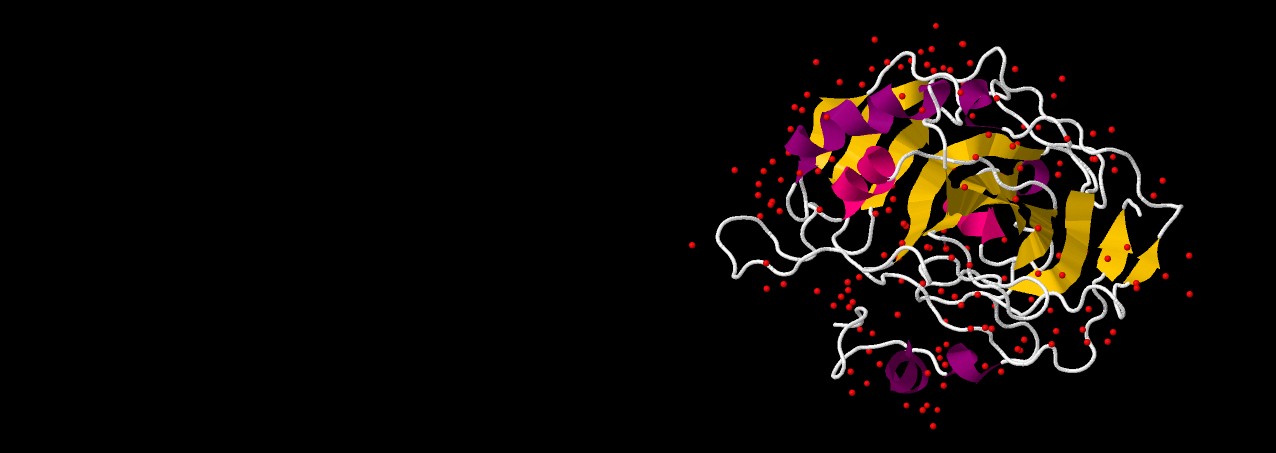
Computational Biomolecular Research
We are keen on understanding the mechanisms of enzyme catalyzed reactions
employing QM/MM technique. Carbonic anhydrases specifically facinate
us due to their carbon capture properties.
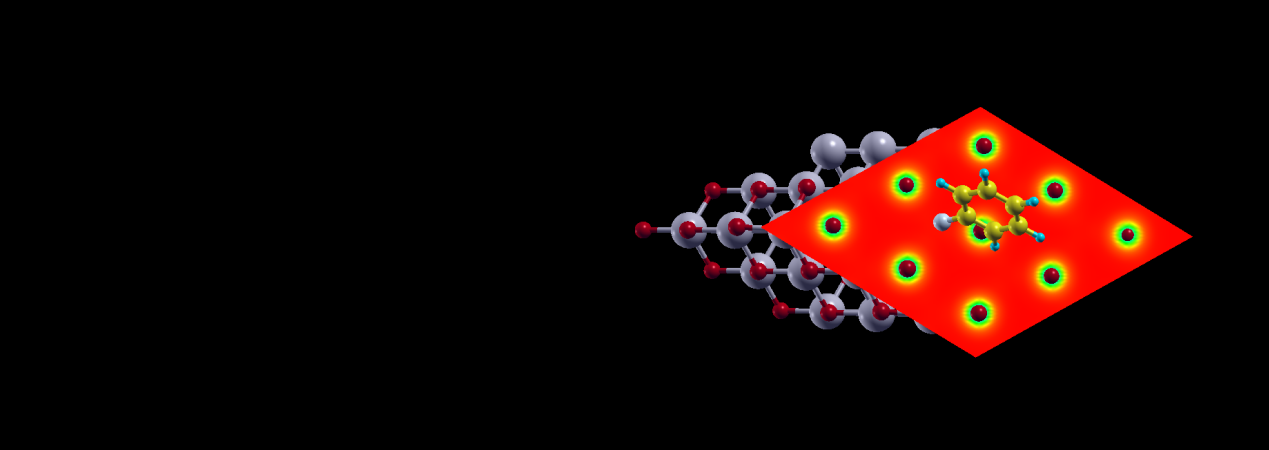
Computational Catalysis
We use DFT calculations to develop insights into the working
of heterogeneously catalysed reactions. Development of free energy
landscapes of reactions involving carbon capture and utilisation,
clean energy and environment and certain organic reactions are
actively pursued by the research group
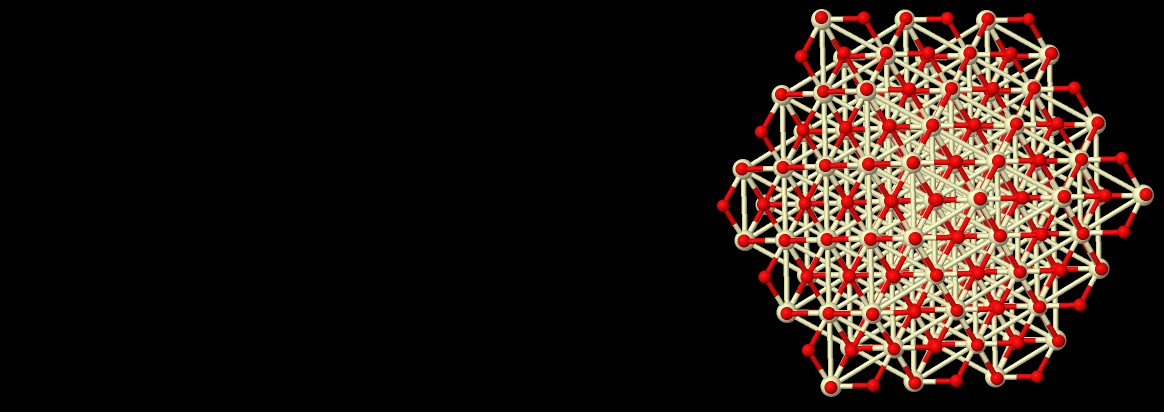
Computational Materials Research
Our DFT calculations with catalytic materials enable us
develop structure-property relationship with an aim of rational design of
catalytic materials. We probe the effects of electronic structure of materials
using state-of-the-art computational methods
Quantum and Molecular Engineering Laboratory
Department of Chemical Engineering
Indian Institute of Technology Kharagpur India

About QMEL
We are a small research group located in the Annex building of the Department of Chemical Engineering, Indian Institute of Technology Kharagpur. We work at the interface of chemistry, biology, materials science and chemical engineering taking advantages of concepts from different disciplines for handling interesting scientific problems. In the words of Professor Gregory Ryskin, "the research interests of the group keep evolving". Equipped with high performance computing clusters, we currently are interested in developing molecular level insights into chemical and biological phenomena using first-principles quantum chemical calculations. A brief description of our research interests can be found below and the details of the latest activities can be found in our Research page. We will be happy to hear from you should you have any query regarding our research.
Lab Research Philosophy
"The scientist does not study nature because it is useful to do so. He studies it because he takes pleasure in it, and he takes pleasure in it because it is beautiful" - Henri Poincaré
All the projects undertaken by the group have a common underlying inspiration beautifully expressed by Henri Poincaré in the above quote. We strive to rigorously use the principles of quantum chemistry to understand interesting nature of the nature. The real world or industrial realization of several of the systems studied by us may not be obvious, but we believe that they can, in principle, serve as a good starting point for dynamic researchers to think in the right direction.
The QMEL Team
Know the QMEL team...
and what they are engaged in currently...

Parag A. Deshpande
PAD advises the research group. He is an associate professor in the Department of Chemical Engineering. Click here to know more about him.

Saroj Kumari
Saroj is looking forward to developing insights into biomimetic action of transition metals for CO2 capture using DFT. Currently she is trying to prove Ni as biomimetic.

Swayam Prabha Misra
Swayam Prabha is keen on demonstrating the catalytic activity of geopolymers for organic reactions. She utilizes DFT for her analysis of energy landscapes.
QMEL doctoral alumni
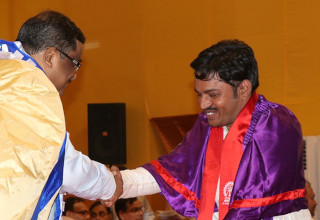
Subrahmanyeswara Rao
Subramaniam worked towards developing mechanistic insights into OPRTase action using QM/MM methods
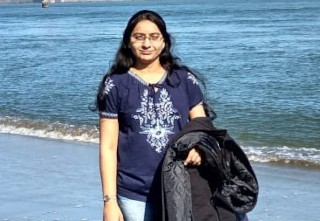
Manjusha C. Padole
Manjusha used DFT calculations to develop structure-property relations in ceria and fullerene-based catalysts
Manju Verma
Manju worked on computational screening of biomimetic catalysts for carbon dioxide hydration
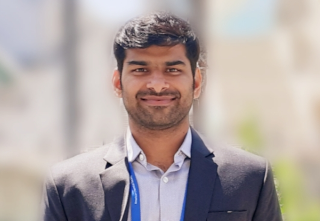
Sai Phani Kumar
Sai used DFT to demonstrate the effect of crystal planes and vacancies in substituted oxide catalysts

You can be here!
With a keen interest in computational research and readiness to devote quality time towards doctoral studies, you can find your place here
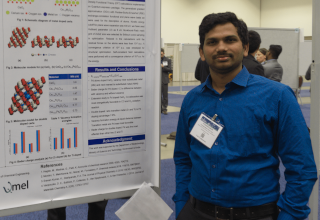
Pentyala Phanikumar
Phani worked towards developing structure-property relationships in rare-earth oxide catalysts using DFT calculations

Shashi Kumar
Shashi worked towards protein engineering of SazCA using ML, MD and QM/MM methods
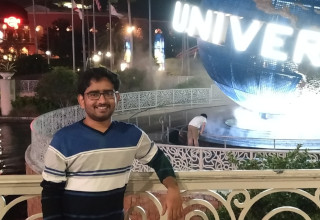
Prasad Reddy
Prasad's DFT calculations revealed catalytic properties of small-atom Pd clusters for Suzuki coupling
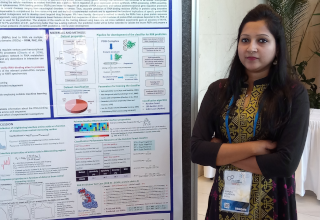
Ankita Agarwal
Working jointly with Professor R. Bahadur, Ankita worked on ML and MD analysis of RNA binding proteins
Our Research
Know what we do 24X7...
and why we do that...

Computational Biomolecular Research
QMEL is interested in developing a molecular level understanding of mechanistic aspects of enzyme catalyzed reactions. DFT and QM/MM calculations are being employed by the group to obtain potential energy surfaces of enzyme catalyzed reactions. Systems of current interest to the group include those playing key roles in disease dynamics and biological carbon capture. We have also initiated studies utilizing machine learning for understanding the high temperature stability of thermostable proteins. We intend to develop protocols for improvement of thermostability of proteins involved in carbon capture. Please visit our Research page for more information.
Computational Catalysis and Materials Research
QMEL is interested in developing rationale behind the working of heterogeneous catalytic systems. We achieve this by DFT description of catalytic surfaces thereby providing energetics of catalytic surface reactions. The group is also interested in developing structure-property relationships of catalytic materials to gain better insights into working of heterogeneous catalysts enabling rational catalyst design. The current catalytic systems of interest include high oxygen storage capacity inorganic oxides and nanoscale carbon structures, and the reactions of interest include catalytic carbon dioxide hydration and certain organic reactions. Please visit our Research page for more details.
News and Latest from QMEL
Phani's article most downloaded!
Phani's article in Electrochemistry Communications gets a mention as one of the most downloaded articles by Elsevier!
Shashi in CHEMCON 2018!
Shashi's presentation in CHEMCON 2018 was adjudged as one of the best presentations. Well done Shashi!
Sai's best presentation in AIChE
Sai's presentation in AIChE Annual Fall Meeting 2017 was adjudged as the best presentation of the session. Great job Sai!
Manjusha's most accessed article!
Manjusha's article has been listed as one of the most accessed articles by Journal of Physical Organic Chemistry.
PAD joins PLOS ONE editorial board
PAD is now an academic editor of PLOS ONE!
Best BTP award to Jaya
QMEL student Jaya Agarwal has bagged the best BTP award for her work on computational catalysis. Congratulations Jaya!
Sai's joins Northwestern
Sai's moves ahead in his career after graduating from the lab to join Northwestern University as a postdoctoral fellow. Good luck, Sai!
Yet another best BTP award
One more best BTP award goes to the QMEL student, Vaibhav Upadhyay, for his work on biomolecular simulations. Great job, Vaibhav!
IECR cover page article
Our article on biomimetic carbon capture makes it to the cover of Industrial and Engineering Chemistry Research
QMEL UG footprints
Several QMEL UG project students have decided to pursue research and have made it to Stanford, Berkeley, UPenn and Cornell to mention a few. We are proud of their accomplishments
Fulbright fellowship to PAD
PAD has received the 2020-21 Fulbright fellowship for academic and professional excellence. He will spend his sabbatical in the US starting new research on machine learning applications to catalysis!
Mallika makes it big
We are proud share that our UG alumna, Mallika Saharia, has joined Harvard Business School for pursuing MBA. Congratulations Mallika!
Shashi joins Maryland
After working relentlessly on biomolecular simulations, Shashi has now joined the world-renouned MacKerell lab at U Maryland. Good luck, Shashi!
It's raining offers!
On receiving multiple offers for graduate studies, Vaibhav decides to join Cornell while Vinay chooses Boston. Congratulations Vaibhav and Vinay!
Phani is now a faculty!
It's a great pleasure for the QMEL team to share that Phani has joined NIT Rourkela as an assistant professor. Congratulations Phani and good luck!
Prasad joins Ulsan
Prasad is now going to work with the University of Ulsan in South Korea. Good luck Prasad for your post-doctoral endeavours.
Manju joins MNNIT!
QMEL is proud to share that its alumna Manju Verma has joined MNNIT Allahabad, Prayagraj, as an assistant professor. Congratulations Manju!
Manjusha's article on coverpage!
The article on halobenzene activation by heterofullerenes from QMEL appears on the cover page of Journal of Physical Organic Chemistry.



